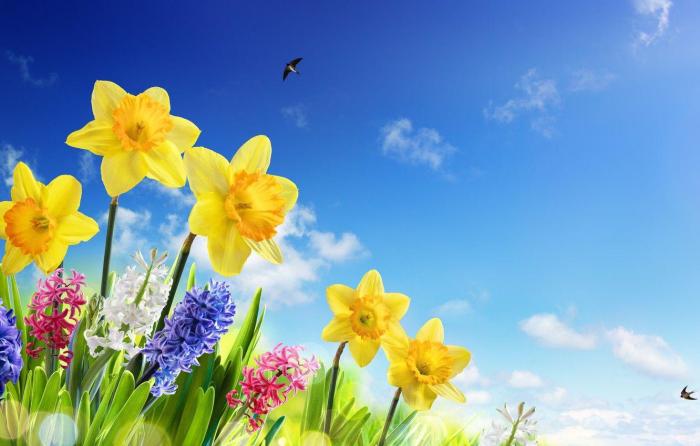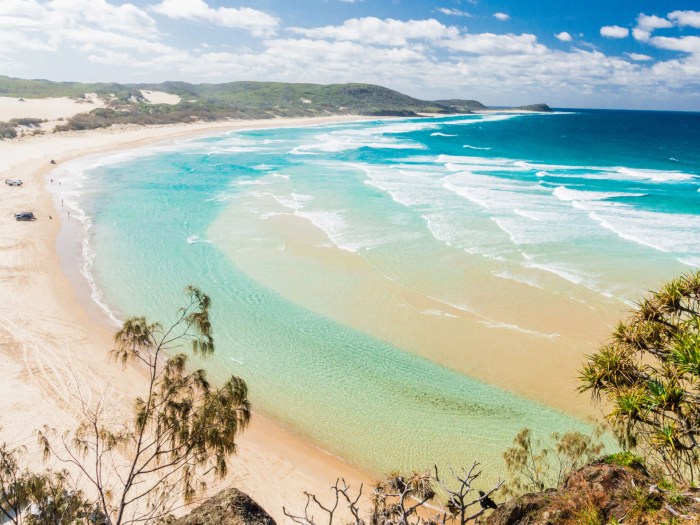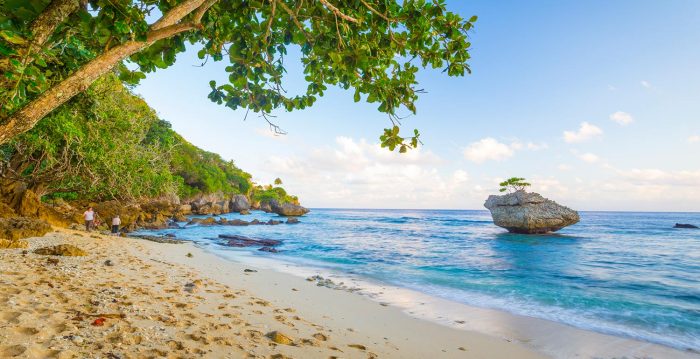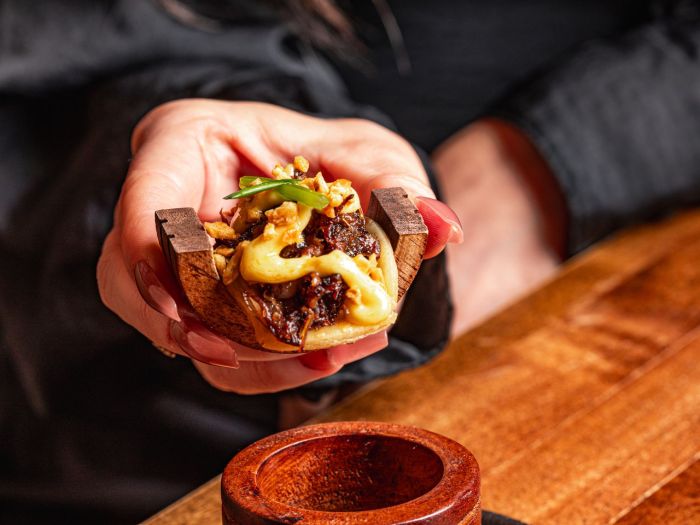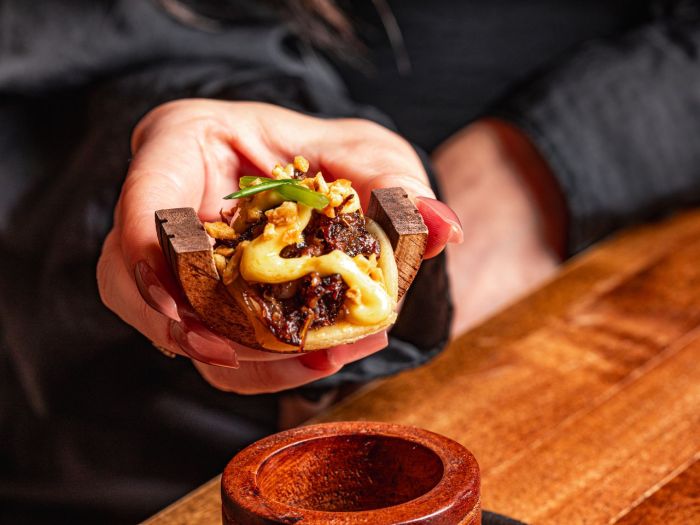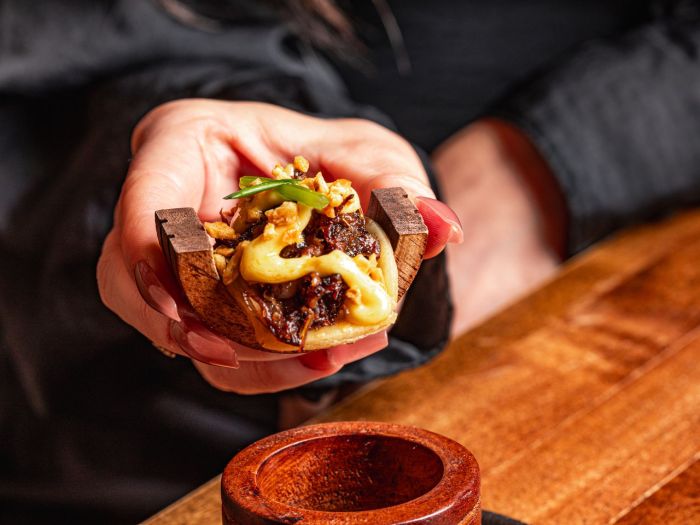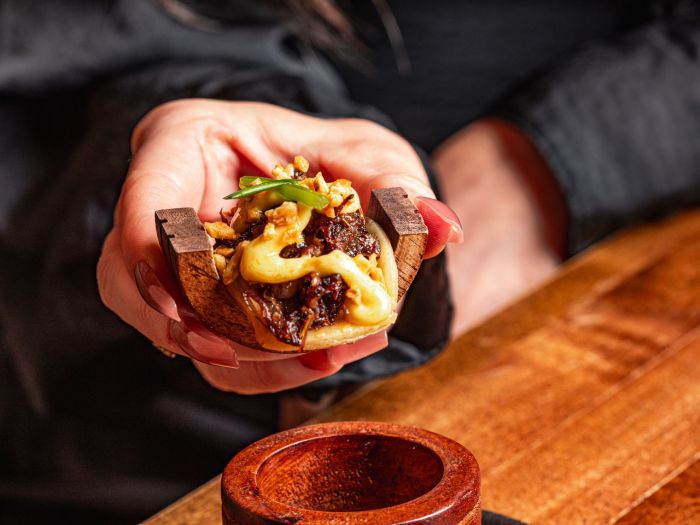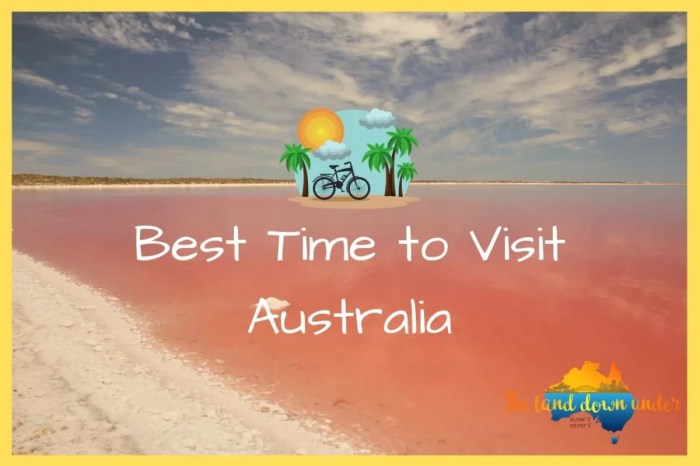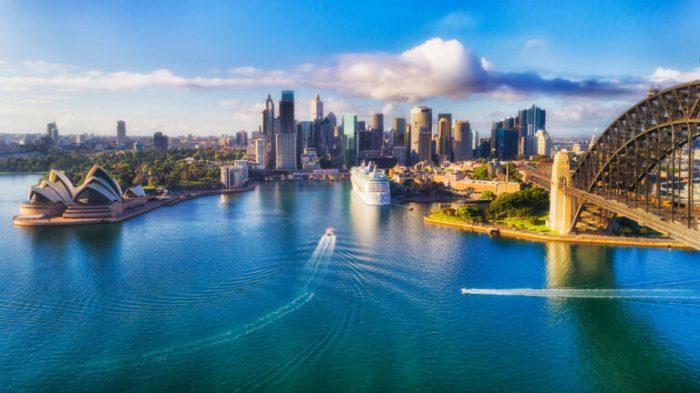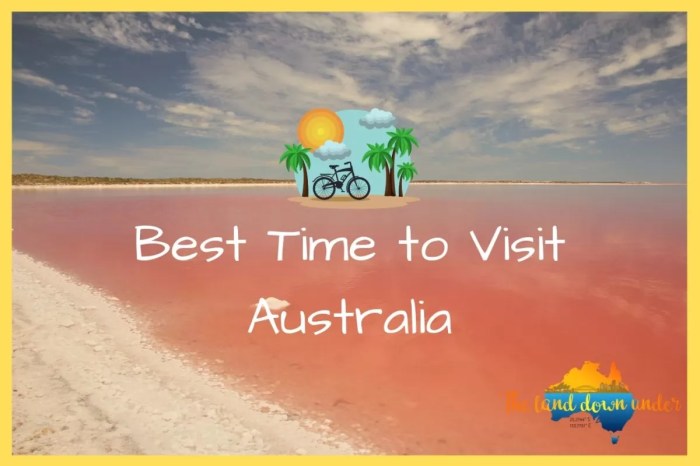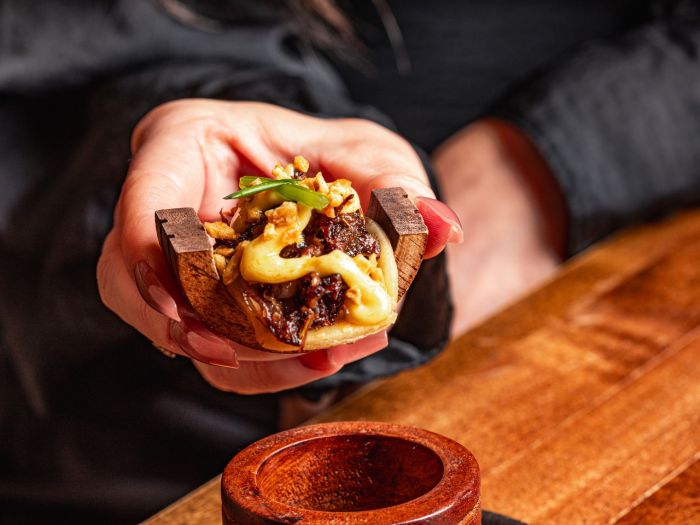Best time to visit Denver: Denver, a vibrant city nestled amidst the Rocky Mountains, offers stunning scenery and exciting experiences year-round. But when is the absolute best time to plan your visit? This guide explores the ideal time for outdoor adventures, cultural immersion, and enjoying Denver’s lively nightlife, considering factors like crowds, costs, and seasonal beauty. From the breathtaking fall foliage to the snowy mountain vistas of winter, we’ll uncover the perfect time for your Denver adventure.
This comprehensive guide delves into the nuances of Denver’s diverse offerings, ensuring you get the most out of your trip. We’ll analyze the optimal times to visit for specific interests, like hiking, attending festivals, or exploring museums, while considering the potential impact of crowds and events. A detailed look at pricing for accommodation, food, and activities will help you plan a budget-friendly trip.
Prepare to be inspired by the stunning visuals of Denver throughout the year, from vibrant fall colors to snow-capped peaks, all wrapped up in a practical, data-driven approach.
Overview of Denver Tourism
Denver, the vibrant capital of Colorado, beckons tourists with its stunning mountain backdrop, rich history, and diverse attractions. From exploring the Rocky Mountains to experiencing the city’s vibrant arts scene, Denver offers a unique blend of outdoor adventures and urban excitement. The city’s location in the foothills of the Rockies, combined with its temperate climate, makes it a popular destination year-round.Denver’s appeal lies in its ability to cater to a wide range of interests.
Whether you’re an avid hiker, a foodie, a history buff, or simply seeking a scenic escape, Denver has something to offer. The city’s proximity to national parks, coupled with its thriving cultural scene, makes it a dynamic and unforgettable experience.
Tourist Activities and Interests
Denver’s diverse attractions cater to various interests. Visitors are drawn to the city’s renowned museums, including the Denver Art Museum and the History Colorado Center. Outdoor enthusiasts find ample opportunities for hiking, biking, and rock climbing in the surrounding mountains. The city’s vibrant culinary scene, featuring local breweries and restaurants, also attracts a significant number of tourists.
Shopping experiences in the trendy neighborhoods like Larimer Square further enhance the appeal for visitors.
Denver’s pleasant spring weather is ideal for sightseeing, but if you’re planning a trip with kids, you might consider visiting Mexico City for some incredible cultural experiences. Exploring the vibrant markets and historical sites with the kids will be a blast, and you can find some great family-friendly tours and activities at mexico city with kids. However, for the best overall experience in Denver, the shoulder seasons of spring and fall usually offer the perfect blend of pleasant temperatures and fewer crowds.
Climate Patterns in Denver
Denver’s climate is characterized by distinct seasons. The city experiences four distinct seasons, ranging from warm summers to cold winters. The high elevation significantly influences the temperature patterns.
Monthly Weather Conditions
| Month | Average Temp (°C) | Precipitation (mm) | Crowds | Ideal Activities |
|---|---|---|---|---|
| January | -2°C | 15 mm | Low | Skiing, snowboarding, ice skating, indoor museums |
| February | -1°C | 18 mm | Low | Skiing, snowboarding, ice skating, winter festivals |
| March | 2°C | 25 mm | Moderate | Hiking, biking, outdoor concerts, exploring local parks |
| April | 8°C | 30 mm | Moderate | Hiking, biking, exploring the city, outdoor festivals |
| May | 14°C | 40 mm | Moderate | Hiking, biking, exploring the city, outdoor concerts |
| June | 19°C | 50 mm | Moderate to High | Hiking, biking, outdoor concerts, exploring the city |
| July | 22°C | 60 mm | High | Hiking, biking, exploring the city, outdoor festivals, swimming at local pools |
| August | 21°C | 45 mm | High | Hiking, biking, exploring the city, outdoor festivals, swimming at local pools |
| September | 16°C | 35 mm | Moderate | Hiking, biking, exploring the city, fall festivals, enjoying the changing colors |
| October | 10°C | 30 mm | Moderate | Hiking, biking, exploring the city, fall festivals, enjoying the changing colors |
| November | 4°C | 25 mm | Low | Hiking, biking, exploring the city, fall festivals, attending indoor events |
| December | -1°C | 20 mm | Low | Skiing, snowboarding, ice skating, holiday events |
Best Time for Specific Activities

Denver’s diverse offerings cater to various interests, making it a year-round destination. However, certain activities are better suited for particular seasons, maximizing enjoyment and minimizing potential drawbacks. Understanding these nuances allows you to plan your trip strategically and make the most of your time in the Mile High City.The ideal time to visit Denver depends heavily on your preferred activities.
Denver’s pleasant spring and fall seasons are ideal for sightseeing, but if you’re looking for sunshine, summer’s the way to go. However, if you’re dreaming of sandy shores and crystal-clear waters, exploring the best beaches in Slovenia might be a fantastic alternative. Best beaches in Slovenia offer a unique escape, but if you want to experience Denver’s vibrant atmosphere, the shoulder seasons are still your best bet for comfortable weather.
From hiking and biking in the stunning foothills to experiencing vibrant nightlife, each season offers unique opportunities. Choosing the right time will help you optimize your experience and avoid any potential frustrations, like inclement weather or crowded venues.
Spring is generally the best time to visit Denver for pleasant weather, fewer crowds, and blooming wildflowers. But if you’re looking for budget-friendly European adventures, consider checking out resources on how to travel to Austria on a budget, like austria on a budget. Ultimately, the ideal time to visit Denver depends on your personal preferences, but springtime offers a fantastic balance of pleasant weather and fewer tourists.
Outdoor Enthusiast’s Paradise
Denver’s surrounding mountains and parks offer breathtaking scenery perfect for hiking, biking, and outdoor adventures. The spring and fall seasons are typically ideal. Spring brings pleasant temperatures, fewer crowds, and vibrant wildflowers. Fall provides crisp air, stunning foliage, and fewer of the summer heat’s challenges.Summer can be extremely hot, with temperatures sometimes exceeding 90 degrees Fahrenheit, and hiking trails can become crowded.
Winter, while beautiful in its own way with snowy peaks, may pose difficulties for those not prepared for icy conditions.
Cultural Immersion
Denver boasts a thriving arts and culture scene, with numerous museums, galleries, and theaters. Generally, the spring and fall seasons offer the best balance of pleasant weather and fewer crowds for cultural attractions. The summer months, while also enjoyable, can be hot and crowded.
Festivals and Events
Denver hosts a variety of festivals and events throughout the year, from the Denver International Film Festival in the fall to the Colorado State Fair in the summer. Researching specific events and festivals is key. The timing of these events often determines the best time to visit. The scheduling of festivals and events may also affect the crowds and prices.
Nightlife Extravaganza
Denver’s nightlife is vibrant, with diverse bars, clubs, and live music venues. Summer, with longer daylight hours, offers extended opportunities for nightlife. However, the city’s vibrant nightlife can be enjoyed in any season.
Seasonal Comparison Table
| Season | Pros | Cons | Ideal Activities |
|---|---|---|---|
| Spring (April-May) | Pleasant temperatures, fewer crowds, wildflowers bloom, pleasant weather for outdoor activities. | Potential for occasional showers, some attractions might still be opening. | Hiking, biking, exploring museums, enjoying outdoor festivals, and outdoor concerts. |
| Summer (June-August) | Longer days, warmer weather, outdoor concerts, festivals, and events. | High temperatures, potential for heatwaves, crowded venues. | Outdoor activities, attending festivals and concerts, enjoying the city’s vibrant nightlife. |
| Fall (September-October) | Crisp air, stunning foliage, fewer crowds than summer, festivals. | Potential for cooler temperatures, some attractions may close for the season. | Hiking, biking, leaf-peeping, visiting museums, and enjoying fall festivals. |
| Winter (November-March) | Unique charm of snow-capped mountains, festive atmosphere, lower prices. | Cold temperatures, potential for snowstorms, some outdoor activities may be limited. | Skiing, snowboarding, ice skating, visiting museums, and enjoying holiday events. |
Impact of Crowds and Events
Denver’s vibrant calendar of events significantly influences visitor numbers and the overall tourist experience. Major festivals and sporting events attract large crowds, sometimes overwhelming the city’s infrastructure and altering the feel of certain neighborhoods. Understanding these fluctuations is key to planning a trip that maximizes enjoyment and minimizes potential hassles.The sheer volume of tourists can drastically affect the experience, particularly during peak seasons and major events.
Finding parking, securing restaurant reservations, and navigating public transportation can be challenging. Even seemingly minor inconveniences can accumulate, diminishing the overall enjoyment of the visit. Tourist traffic patterns also change based on the time of year and the specific events occurring.
Major Event Influence on Tourist Numbers
Major events and festivals are powerful magnets for tourists, significantly boosting visitor numbers. The Denver International Balloon Fiesta, for instance, attracts tens of thousands of attendees, often causing congestion and impacting traffic flow across the city. Sporting events, particularly those involving Denver’s professional teams, draw substantial crowds, and this demand is reflected in increased hotel occupancy rates and restaurant reservations.
Typical Tourist Traffic Patterns
Tourist traffic patterns in Denver are generally concentrated during the spring and summer months, coinciding with pleasant weather and outdoor activities. However, the city’s popularity extends beyond these seasons, with significant increases in visitor numbers during major events, festivals, and sporting competitions. Specific areas, like LoDo and Larimer Square, experience heightened activity during these periods.
Comparison of Average Tourist Numbers by Month
Average tourist numbers fluctuate throughout the year. While the peak season usually encompasses the months of May through September, events like the Colorado Rockies baseball season or the annual arts festival can cause temporary spikes in traffic during other months. A detailed analysis of monthly visitor numbers is crucial to understanding the potential impact on the experience.
Impact of Events on Visitor Numbers
| Month | Average Visitors (Estimated) | Major Events | Impact on Experience |
|---|---|---|---|
| April | 150,000 | Denver International Balloon Fiesta | High visitor numbers, significant traffic congestion, potential for longer wait times at popular attractions |
| June | 200,000 | Rocky Mountain National Park Summer Events, Outdoor Festivals | Increased tourist traffic, potential for higher prices on accommodations and food |
| July | 250,000 | Rocky Mountain National Park Summer Events, Outdoor Festivals, Colorado Rockies Baseball Games | High visitor numbers, potential for overcrowded attractions and venues, increased traffic congestion, extended wait times |
| August | 220,000 | Outdoor Festivals, Colorado Rockies Baseball Games | High visitor numbers, potential for overcrowded attractions and venues, increased traffic congestion, extended wait times |
| September | 180,000 | Outdoor Festivals, Colorado Rockies Baseball Games, Labor Day Weekend | Moderate visitor numbers, potential for some crowds depending on specific events |
Budget Considerations and Costs

Denver offers a vibrant mix of attractions and experiences, but planning your budget is crucial for a smooth trip. Understanding the fluctuating costs of accommodation, food, and activities throughout the year will help you tailor your spending and make the most of your Denver adventure. This section dives into the price variations you can expect across different seasons.
Accommodation Costs
Hotel prices in Denver are generally higher during peak tourist seasons, such as summer and major events. Off-peak months offer more affordable options. Finding accommodations outside the city center might be a good strategy to save money while still being close to the attractions.
Food Costs
Dining out in Denver can vary significantly depending on the type of restaurant and the time of year. Upscale restaurants often see higher prices during peak season, while casual eateries remain consistent. Taking advantage of happy hour deals or exploring local food markets can provide a cost-effective way to enjoy delicious Denver cuisine.
Transportation Costs
Denver’s transportation options include ride-sharing services, public transit, and taxis. The cost of these services can fluctuate slightly based on demand. Consider your preferred mode of transportation and factor in the associated expenses, especially if you plan on utilizing ride-sharing or taxis frequently. Using public transportation, such as the RTD system, can be a more economical choice for getting around.
Attraction Ticket Costs
Entry fees for Denver attractions vary widely. Some attractions offer discounts for certain groups or time periods. It is wise to check the official websites of attractions to see what deals and discounts are available.
Average Costs Table
| Month | Average Hotel Price | Average Restaurant Price | Transportation Costs |
|---|---|---|---|
| January | $150-$250 | $25-$50 | $10-$25 (depending on distance) |
| April | $180-$280 | $25-$50 | $10-$25 (depending on distance) |
| June | $200-$350 | $30-$60 | $10-$30 (depending on distance) |
| August | $250-$400 | $30-$65 | $15-$40 (depending on distance) |
| October | $180-$300 | $25-$55 | $10-$25 (depending on distance) |
Note: Prices are estimates and can vary based on specific hotel choices, restaurant type, and travel dates.
Visual Representation of Seasonal Trends
Denver’s beauty unfolds in a stunning seasonal spectacle, transforming the landscape from vibrant bursts of color to serene winter wonderlands. Understanding the visual shifts helps visitors plan their trip and maximize their experience, whether it’s basking in autumnal hues or embracing the crisp mountain air of winter.
Denver’s Shifting Scenery
The city’s natural beauty is constantly evolving. The vibrant tapestry of the Rocky Mountains, interspersed with the urban sprawl of Denver, provides a unique backdrop for any season. The transition from one season to the next is marked by noticeable changes in the landscape, from the lush greenery of summer to the fiery hues of fall.
Autumnal Embrace: A Tapestry of Colors
Fall in Denver is a painter’s dream. As the days shorten and the air cools, the aspen groves and surrounding forests burst into a riot of color. Scarlet maples, golden aspens, and fiery oranges create a breathtaking panorama. The textures of the foliage, from the smooth, deep red of the leaves to the fuzzy texture of the pines, add another layer of visual interest.
The crisp, clean air also contributes to the vibrancy of the colors. This spectacle is most pronounced in the foothills and mountain areas surrounding Denver.
Winter Wonderland: A Blanket of White, Best time to visit denver
Winter transforms Denver into a breathtaking winter wonderland. The majestic peaks of the Rockies are draped in pristine white snow, casting a serene beauty on the landscape. The snow-covered forests and meadows offer a stark contrast to the vibrant colors of fall, presenting a completely different aesthetic. The soft, fluffy texture of the snow adds to the tranquility of the scene.
The crisp, cold air, often accompanied by a dusting of snow, creates a unique ambiance.
Spring’s Awakening: Renewal and Rebirth
Spring marks a time of renewal and rebirth in Denver. The snow melts, revealing the vibrant green of the meadows and forests. The mountains, once stark white, begin to show hints of their verdant glory, with new growth appearing throughout the landscape. The textures shift from the crispness of winter to the lush, full foliage of spring.
The warm, sunny days bring a renewed sense of life and vitality to the area. Flowers begin to bloom, creating a beautiful and colorful display.
Summer’s Embrace: Lush Landscapes
Summer in Denver brings a burst of vibrant green across the plains and mountains. The landscape is lush and full, providing a perfect setting for outdoor activities. The textures of the vegetation, from the smooth bark of trees to the velvety softness of wildflowers, are more pronounced in the summer sun. The warmer temperatures and abundant sunshine contribute to a vibrant atmosphere.
Last Point: Best Time To Visit Denver
In conclusion, the best time to visit Denver depends entirely on your priorities. Whether you crave outdoor adventures, cultural immersion, or a taste of Denver’s vibrant nightlife, this guide has provided insights into the optimal time for each. Consider the balance of weather, crowds, and costs to find the perfect fit for your Denver getaway. From the vibrant energy of summer festivals to the tranquility of a snowy winter wonderland, Denver’s beauty unfolds in every season.
Enjoy your trip!

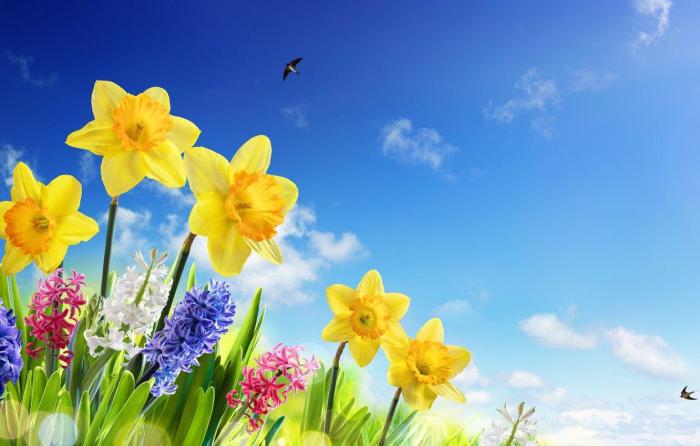
![🔥 [50+] Landscape Wallpapers Desktop Spring | WallpaperSafari Best time to visit melbourne](https://whatvis.com/wp-content/uploads/2025/09/4b346420eb554c4e857041fe9e8af95a-1-1.jpg)
